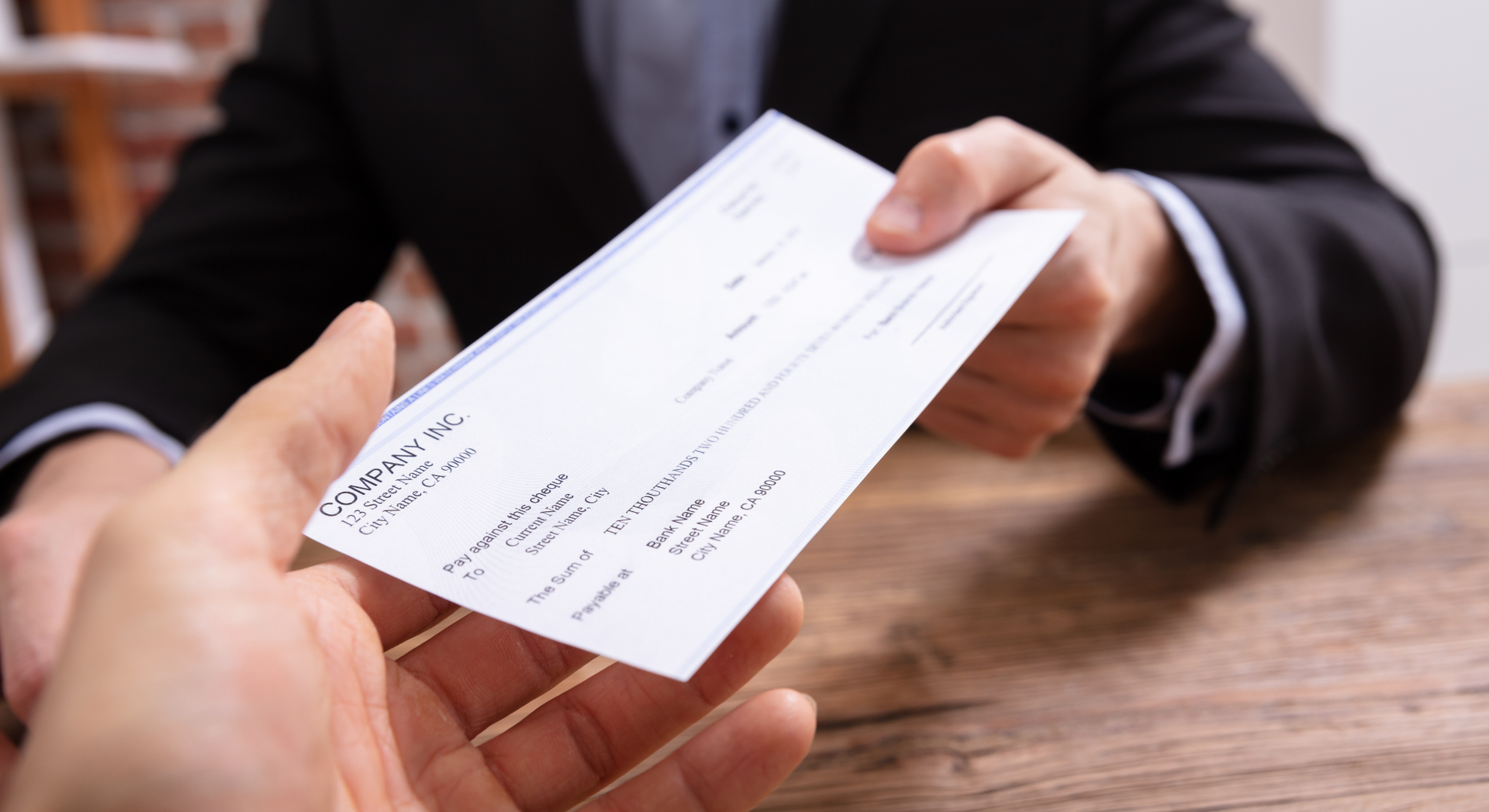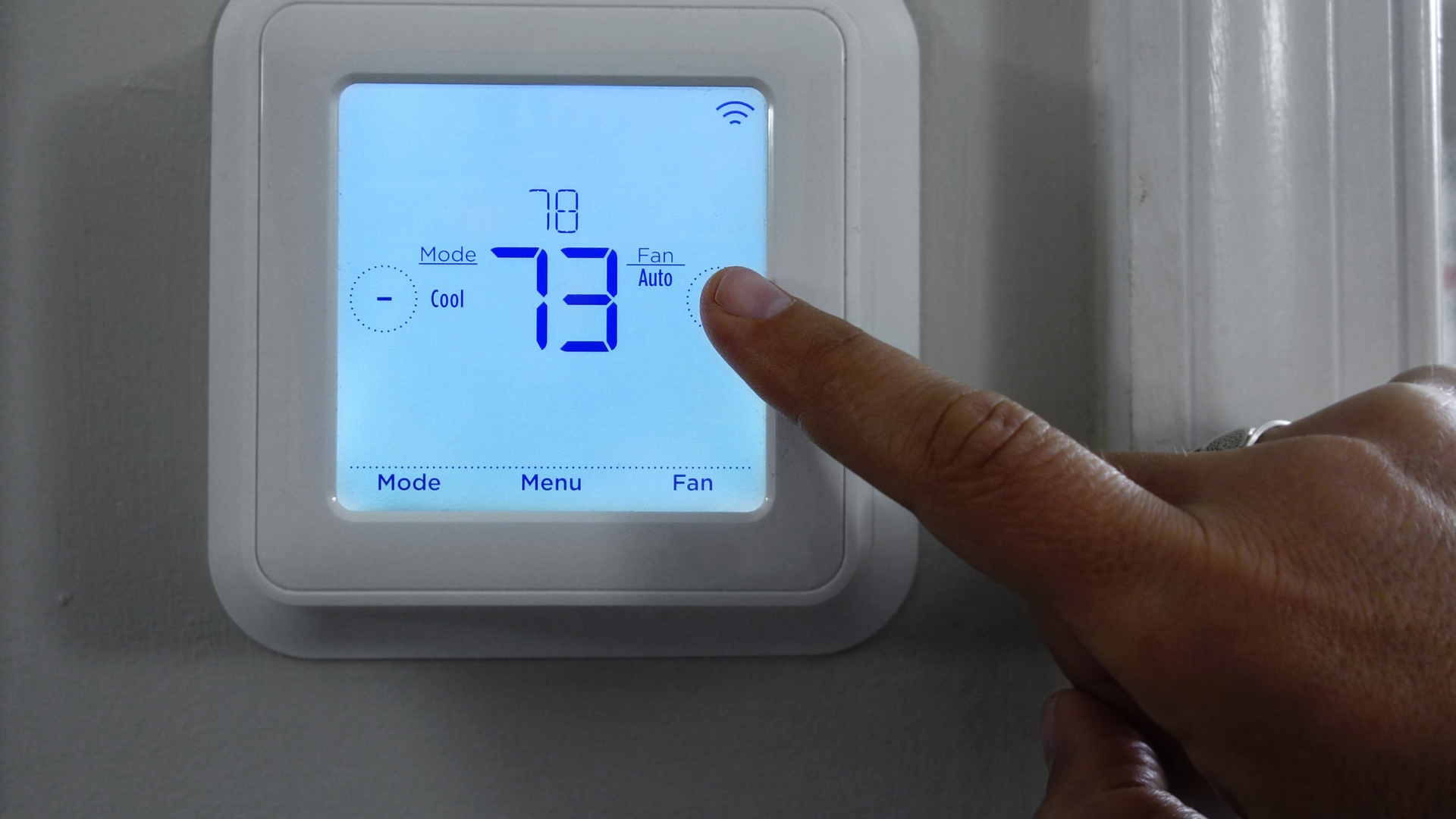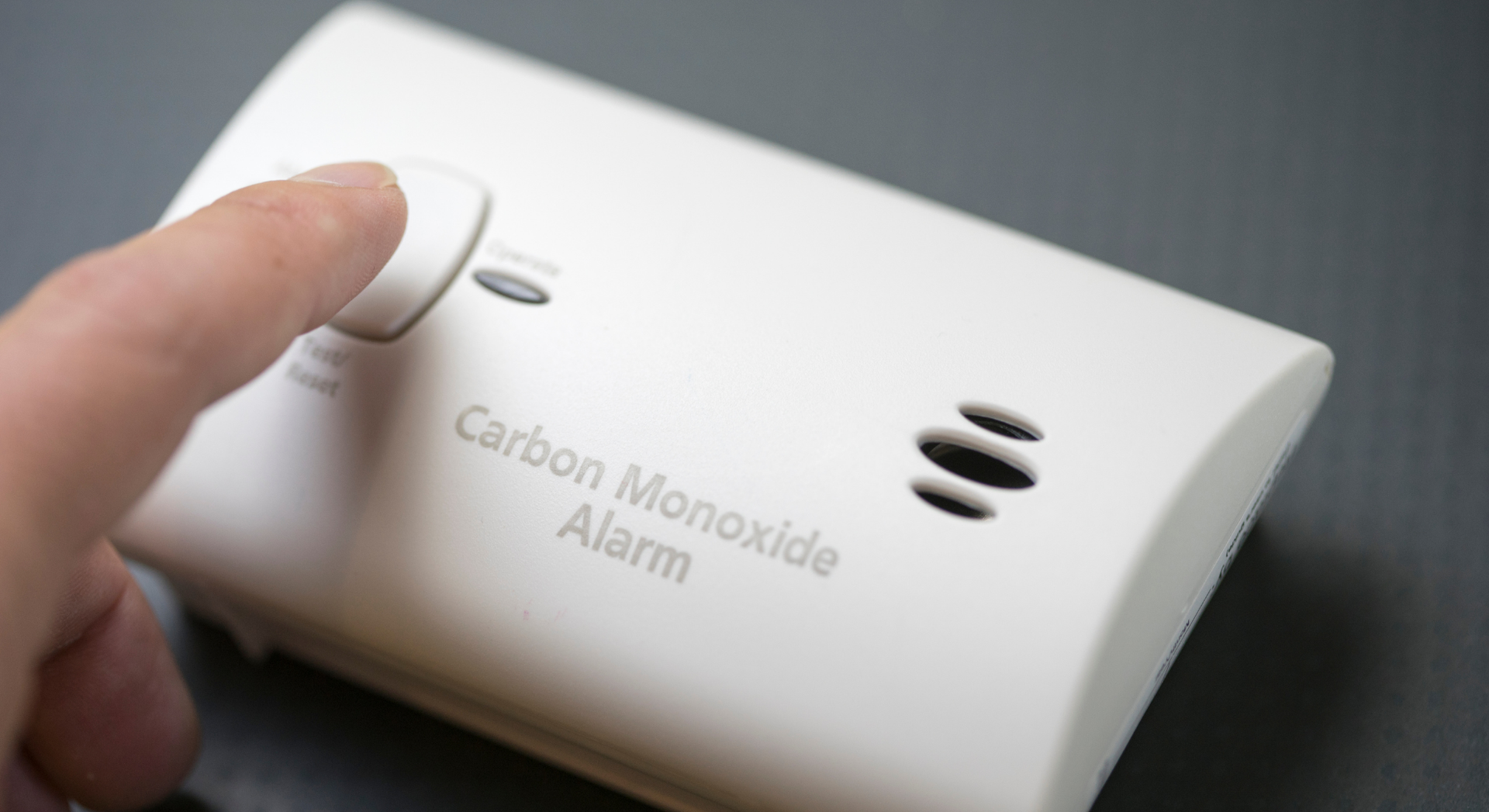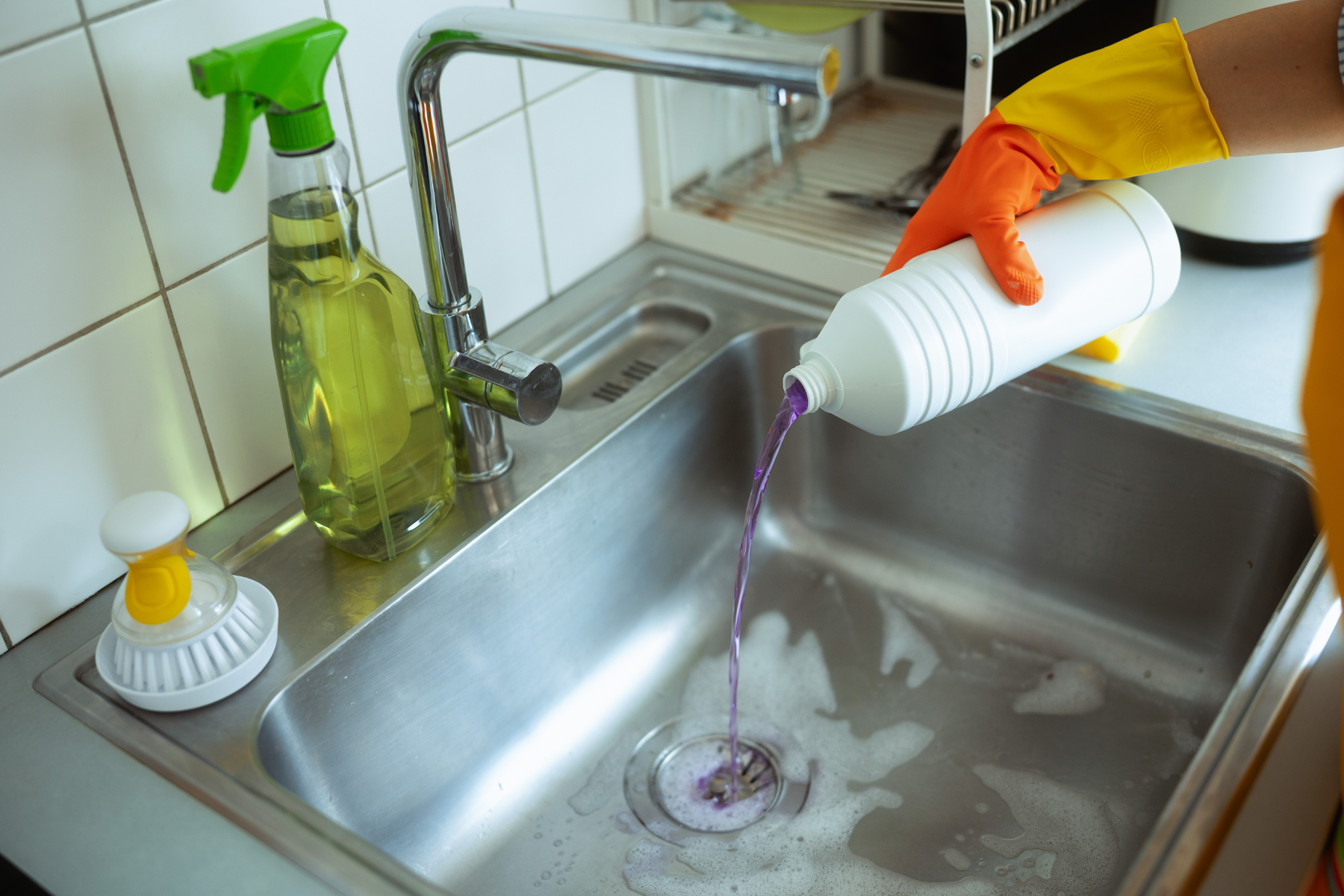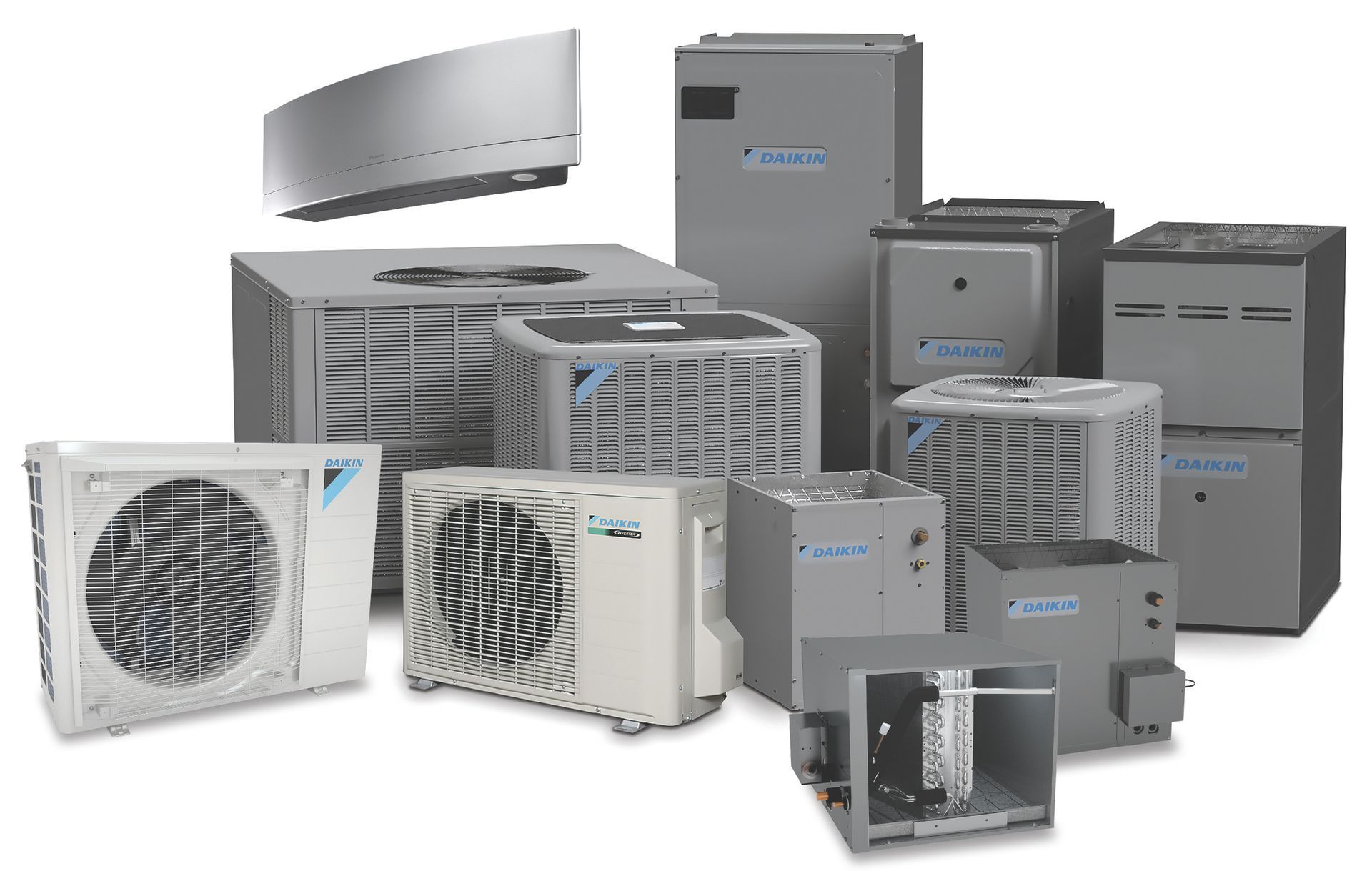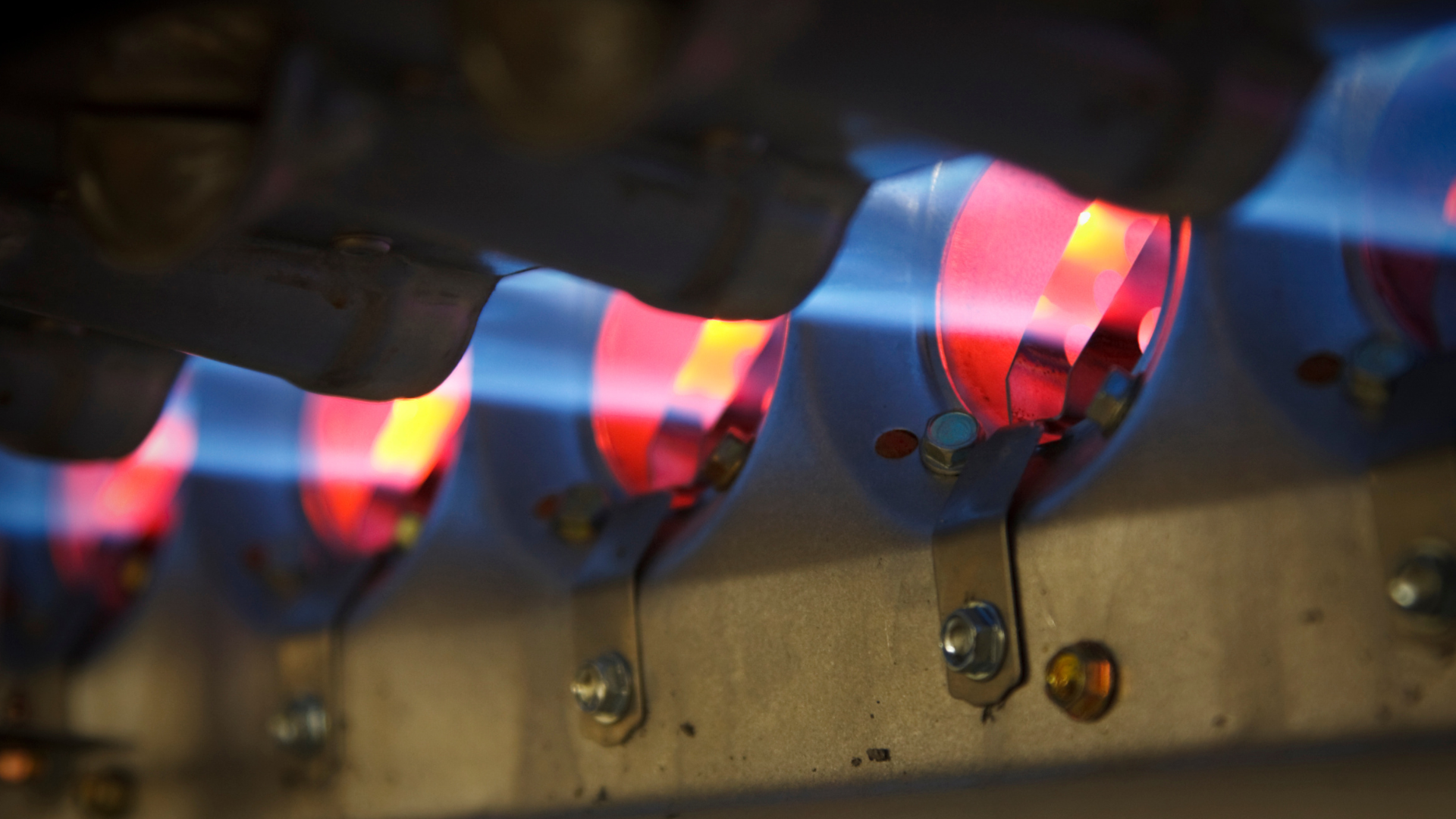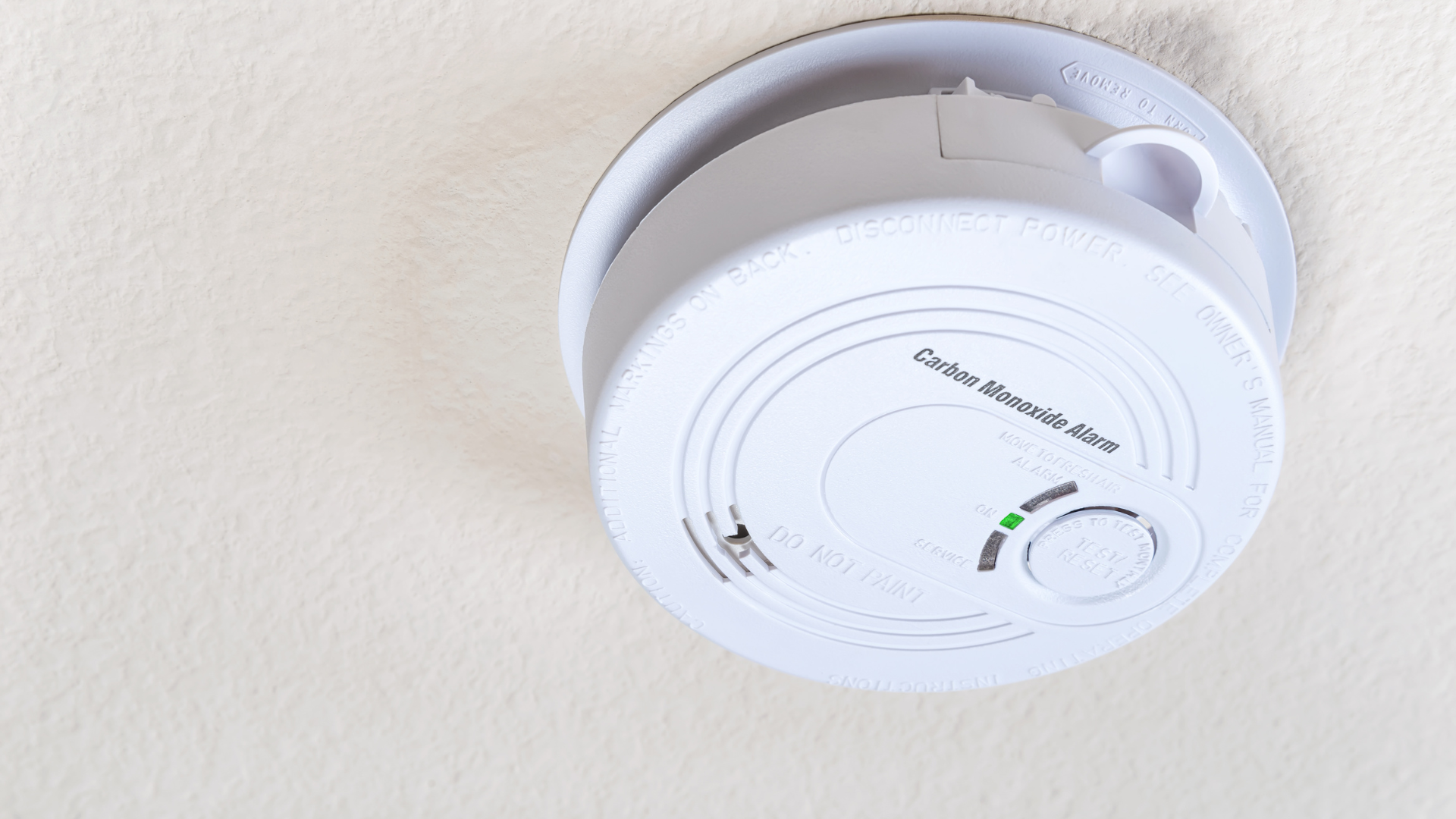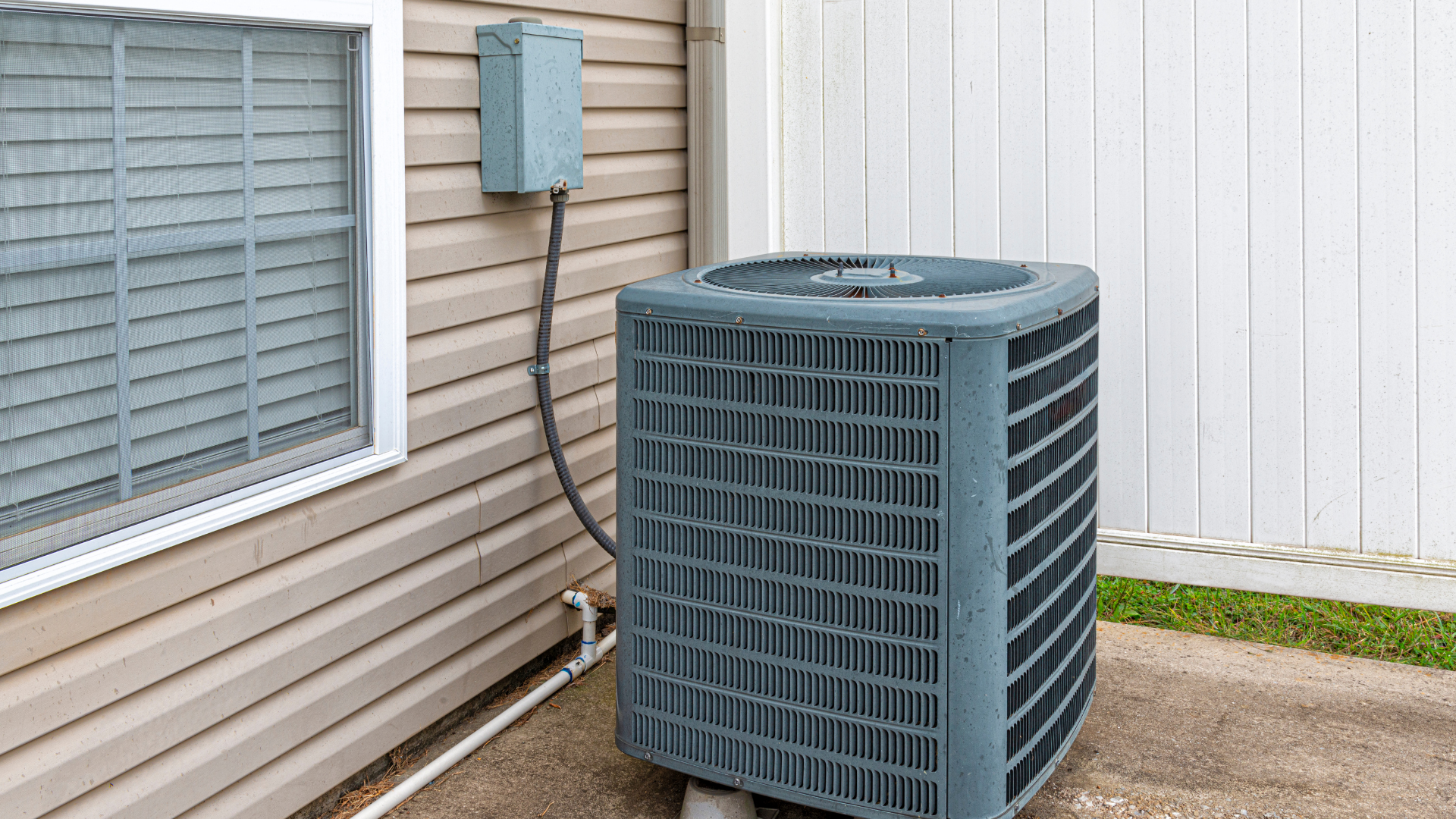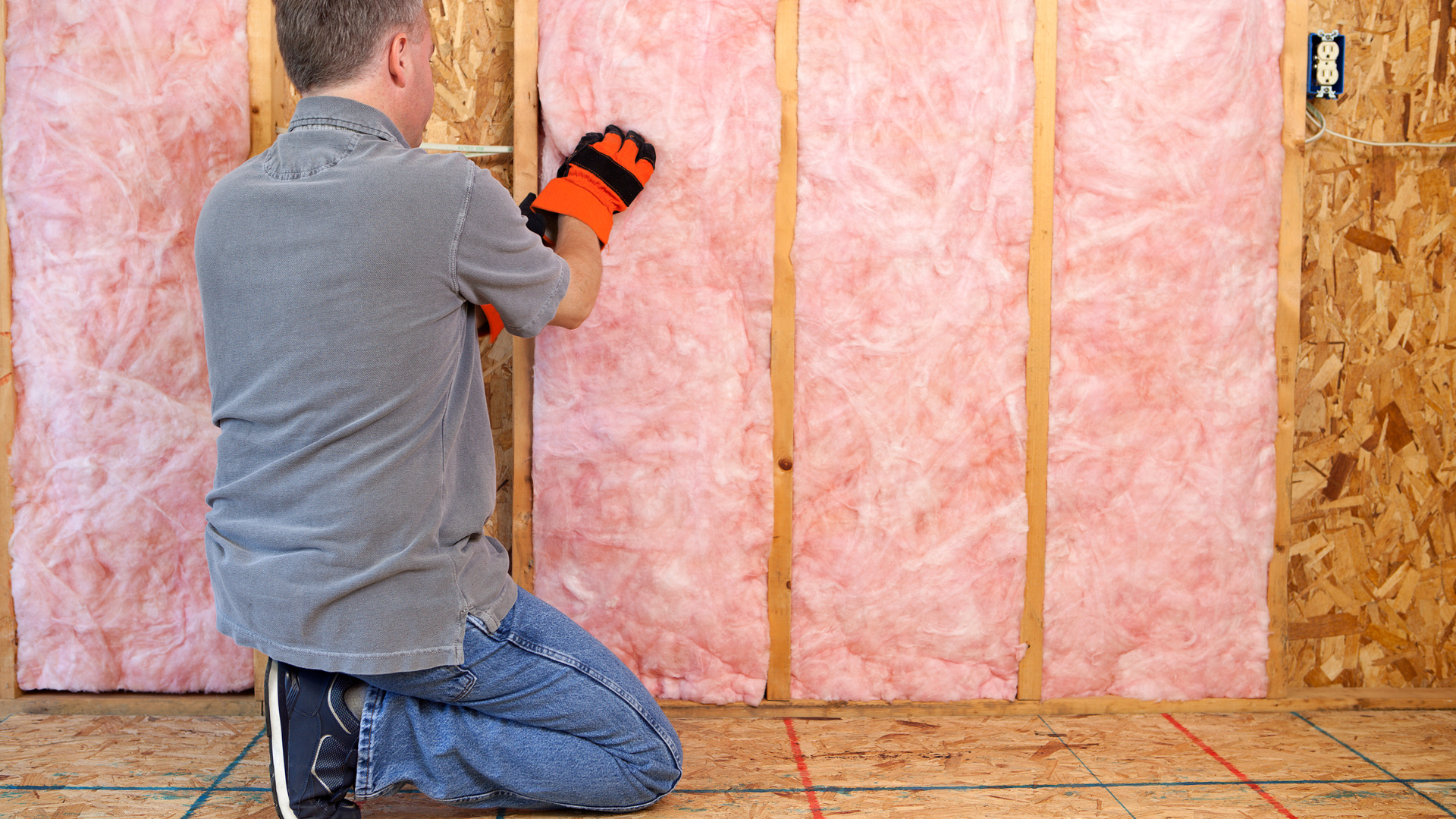Understanding Whole-Home Humidifiers: A Comprehensive Guide for Homeowners
Understanding Whole-Home Humidifiers
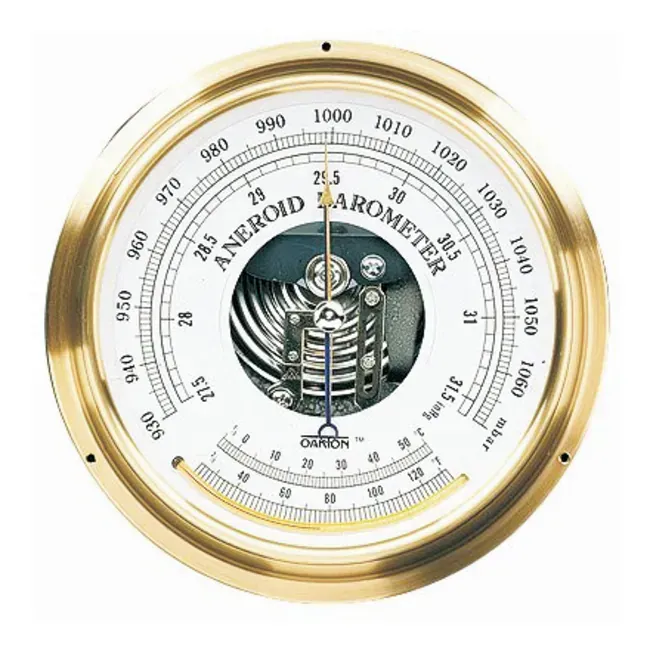
Maintaining optimal indoor humidity is crucial for both comfort and health. While portable humidifiers offer a localized solution, a whole-home humidifier provides a comprehensive approach to moisture control throughout your entire living space. But how exactly do these systems work, when is the best time to use them, what are the costs involved, and what benefits can homeowners expect? Let's dive in.
How a Whole-Home Humidifier Works
Unlike portable units that release mist directly into the air, whole-home humidifiers integrate with your existing HVAC (heating, ventilation, and air conditioning) system. There are several types, but the most common include:
- Bypass Humidifiers: These are the most prevalent and cost-effective. They work by diverting a portion of the heated air from your furnace through a water-soaked pad or evaporator panel. As the air passes over the wet surface, it picks up moisture and then returns to the main airflow to be distributed throughout your home via the ductwork. A small water line constantly feeds the humidifier, and a drain removes excess water and mineral deposits.
- Fan-Powered Humidifiers: Like bypass models, but with an added fan that actively pulls air through the humidifier's water panel. This independent fan allows them to produce more humidity and distribute it more efficiently, even when the furnace fan isn't running.
- Steam Humidifiers: These are the most advanced and precise. They boil water to create pure steam, which is then introduced into your ductwork. Because they generate steam, they are highly effective and can deliver a significant amount of moisture, making them ideal for larger homes or those with very dry climates.
In all cases, a humidistat, much like a thermostat, is used to set and monitor the desired humidity level. When the indoor humidity drops below the set point, the humidifier activates, and once the desired level is reached, it shuts off.
When is the Best Time of Year to Use a Whole-Home Humidifier?
The primary time to use a whole-home humidifier is during the heating season, typically from fall through spring. This is when your furnace is actively running, producing dry, heated air that can significantly lower indoor humidity levels.
Here's why winter is the prime season:
- Cold Air Holds Less Moisture: As outdoor temperatures drop, the air becomes inherently drier. When this cold, dry air is brought into your home and heated, its relative humidity plummets, often to uncomfortably low levels (below 30%).
- Heating Dries the Air Further: Furnaces, especially forced-air systems, can exacerbate this dryness by continuously circulating warm, dry air throughout your home.
While less common, some homeowners in very arid climates might find a need for supplemental humidification during other times of the year, particularly if they rely on air conditioning that also removes some moisture from the air. However, the most significant impact and benefit will be felt during the colder months.
What a Homeowner Should Expect in Terms of Costs
The cost of a whole-home humidifier can vary based on the type of humidifier, the complexity of the installation, and your location. Here's a general breakdown:
- Equipment Cost:
- Bypass Humidifiers: Generally range from $150 to $400.
- Fan-Powered Humidifiers: Typically cost between $300 and $700.
- Steam Humidifiers: These are the most expensive, ranging from $500 to $1,500 or more.
- Installation Cost: Professional installation is highly recommended and can add significantly to the overall cost.
- Basic installations for bypass or fan-powered models might range from $200 to $500.
- More complex installations, especially for steam humidifiers requiring dedicated electrical wiring or plumbing modifications, could run from $500 to $1,000 or more.
- Total Project Cost (Equipment + Installation):
- Bypass Humidifiers: $350 - $900
- Fan-Powered Humidifiers: $500 - $1,200
- Steam Humidifiers: $1,000 - $2,500+
Ongoing Costs:
- Water Usage: Whole-home humidifiers use water, but the amount is generally minimal and won't significantly impact your water bill.
- Energy Usage: Bypass models use very little electricity. Fan-powered models use a bit more for their fan. Steam humidifiers use the most electricity as they need to heat water to boiling.
- Maintenance:
- Water Panels/Pads: These need to be replaced annually (or more frequently in areas with hard water) and cost between $10 and $30 each.
- Cleaning: Regular cleaning to prevent mineral buildup and mold is essential. This can be a DIY task or part of your HVAC professional's annual maintenance visit.
How it Can Benefit the Homeowner and the Home
Investing in a whole-home humidifier offers a multitude of benefits for both the occupants and the property:
Benefits for the Homeowner:
- Improved Comfort: Dry air can lead to itchy skin, chapped lips, dry nasal passages, and static electricity. Proper humidity levels (ideally 30-50%) make your home feel warmer and more comfortable, even at lower thermostat settings, potentially saving on heating costs.
- Better Health: Maintaining adequate humidity can help alleviate respiratory issues, soothe sore throats, and reduce the likelihood of dry coughs and nosebleeds. Viruses, like the flu, also tend to survive longer in dry environments.
- Preservation of Wood and Furnishings: Dry air can cause wood floors, furniture, musical instruments, and even artwork to crack, warp, or become damaged over time. Proper humidity helps preserve these valuable investments.
- Reduced Static Electricity: Say goodbye to annoying static shocks that can damage electronics and make everyday tasks irritating.
- Quieter Environment: Some dry air issues can lead to creaking floors or doors as wood shrinks. Proper humidity can help mitigate these noises.
Benefits for the Home:
- Protecting Structural Integrity: Just as it protects furniture, appropriate humidity levels prevent the drying and cracking of wood framing, plaster, and drywall, which can lead to structural issues over time.
- Energy Efficiency: When the air is properly humidified, it feels warmer. This means you might be able to set your thermostat a few degrees lower in the winter and still feel comfortable, leading to energy savings on your heating bill.
- Reduced Dust: While not a direct dust remover, some studies suggest that dust may settle more effectively in air with proper humidity, potentially reducing airborne dust particles.
- Increased Lifespan of Furnishings: By preventing the drying and cracking of wood, fabrics, and other materials, a humidifier can extend the life of your home's interior elements.
In conclusion, a whole-home humidifier is a valuable addition to any home, especially in regions with cold, dry winters. By understanding how these systems work, when to use them, and what to expect in terms of cost, homeowners can make an informed decision that will lead to a more comfortable, healthier, and well-preserved living environment.
Click Another Article to Read More

